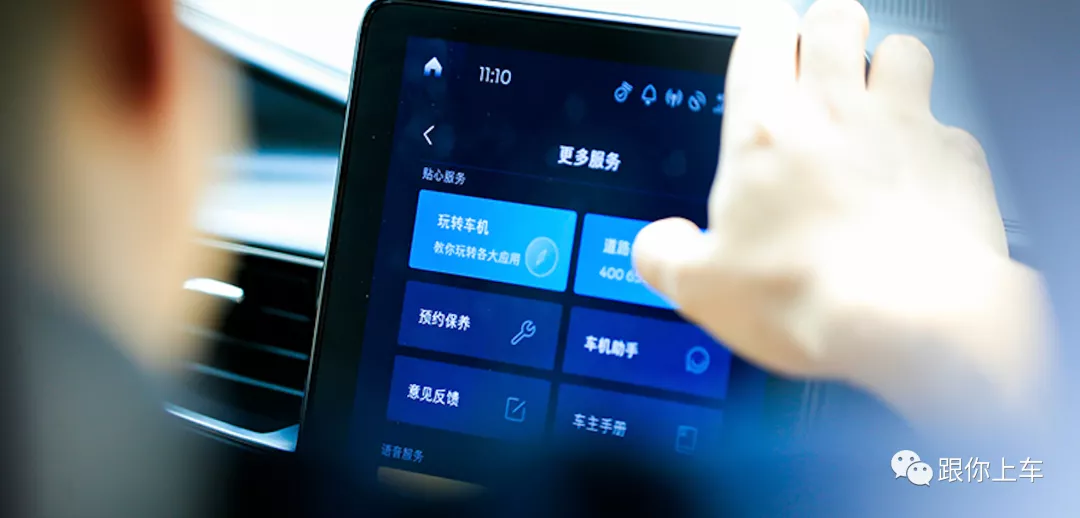2020, if you were asked the following two questions, how would you answer?
- Would you choose a car based on its infotainment system?
- Does the infotainment system impact your car purchase decision?
The majority of people would answer similarly: “No” to the first question and “Yes” to the second. The reason is simple. Once you have experienced a well-performing infotainment system with accurate voice interactions, in-car music, and the ability to keep children entertained, it’s hard to go back. It’s a feeling similar to being accustomed to a smartphone and not being able to go back to using a traditional functional phone.
Thus, if two brands have similar strength and products, the one with the better infotainment system undoubtedly becomes the users’ preferable choice.
Against this backdrop, Ford’s SYNC+ intelligent interactive system has been awarded the label “Best Infotainment System among Joint Venture Brands,” which is of great value.
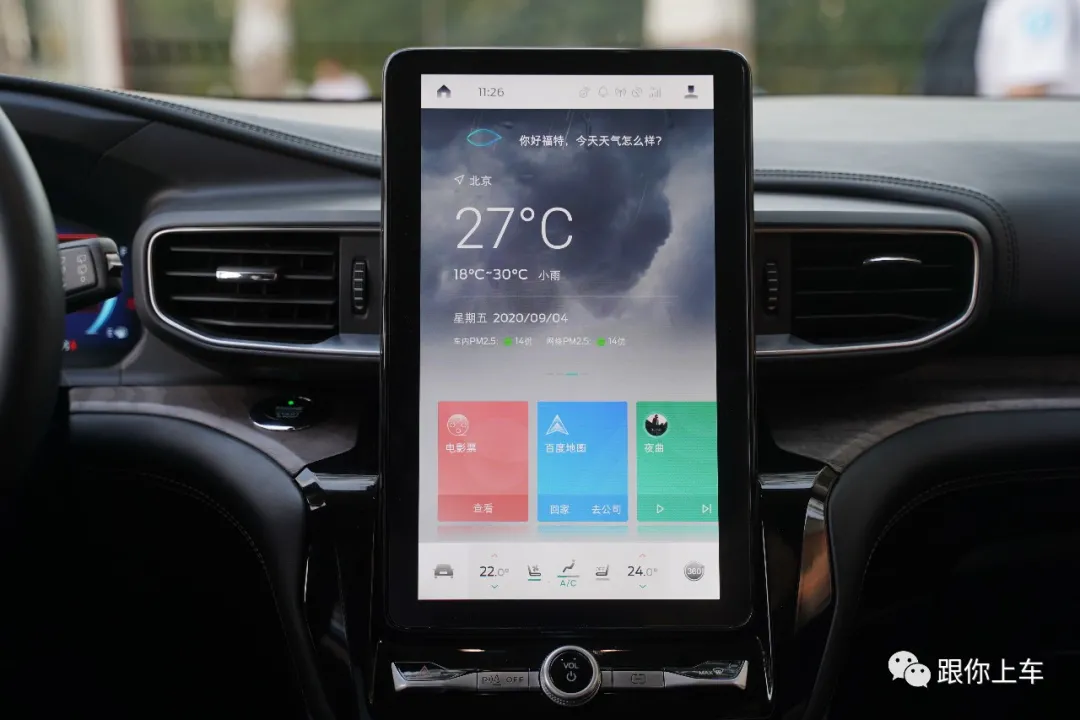
Determination
Ford has its own confidence.
In the latest Ford Connected Vehicle Report, data from over 40,000 sample cars showed that the overall satisfaction rate of Ford SYNC+ users in the last year reached 79%. The system was woken up 54.8 million times, with a total of 189 million interactions and an average of 13 voice interactions per person per day. Users were satisfied with the infotainment system’s response speed, ease of use, and OTA upgrades, with satisfaction rates of 79%, 80%, and 77%, respectively.
After the data release, I had a chat with a sharp vehicle owner. He told me that after frequently using Ford SYNC+, he can now completely put his phone down in the car and cannot adapt to many other joint venture brands’ intelligent infotainment systems.
It is not easy for an enterprise like Ford to achieve this level of success.
It is well known that currently, independent brands are relatively advanced in the field of in-car intelligence. One major reason is that they have no historical baggage and are more likely to achieve deep localization. This is precisely the biggest shortcoming of most joint venture brands, including luxury brands.
Some may ask, “In recent years, we have heard news of certain joint venture brands cooperating with domestic internet giants such as Alibaba and Tencent. Why are the product experiences still not quite right?”
The answer is straightforward: it depends on the depth of the cooperation. Few brands can spend several years, like SAIC and Alibaba’s cooperation, to develop and perfect an infotainment system.
Ford and Baidu have achieved this level of depth.
Hou Xinhai told me that in order to make the infotainment system more grounded and more understanding of Chinese consumers, Ford began contacting many local tech companies in China since 2017. Finally, in June 2018, they signed a letter of intent to cooperate with Baidu.As the Vice President of Ford’s Information Technology, Mobile Mobility Platform and Products, Hou Xinhai knows that the biggest feature of SYNC+, which has achieved its current user experience, is that it starts from scratch. Unlike many joint venture brands’ ready-made solutions and limited functionality, SYNC+ is a product that Ford and Baidu have jointly built from the bottom up based on the needs of Chinese consumers.
Making this choice requires Ford’s tremendous determination, whether it is in terms of capital investment or company system and resource mobilization. The process was difficult, but in the end, a good product will speak for itself.
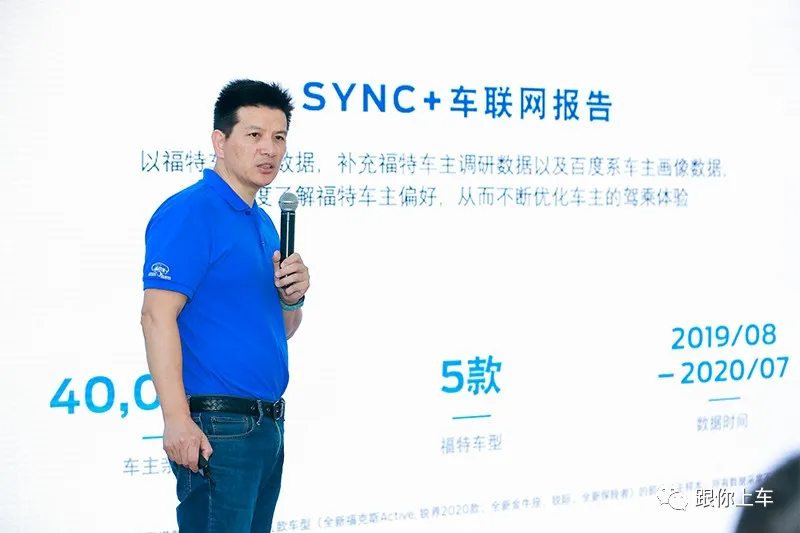
Confidence
In Ford’s definition, SYNC+ is a synonym for “warm technology + hard power,” which is not an empty phrase.
In my opinion, the warmth of technology reflected by SYNC+ is embodied in the details. What’s more important is that it is user-oriented. Here are three simple examples:
First, less is more.
Many users who first see Ford SYNC+ may not understand one thing: why does SYNC+ have fewer features? Ford did not avoid users’ feedback in its released report on vehicle networking. The lowest user satisfaction item was “diversity of functions,” only reaching 63%.
Here, Ford’s honesty deserves praise and also indirectly confirms the objectivity of this report’s data.
However, I personally understand the product logic of Ford SYNC+: less is more. They start with user needs and focus on improving the experience of frequently used functions, rather than stuffing various apps on the large screen as much as possible.
It is worth noting that stacking functions is not difficult. For example, many joint venture and independent brand car machines are full of apps at first glance, and each one can be used, like a large pad.
Technically, their approach can be basically understood as directly transposing the phone’s apps, whether it is a direct mapping scheme or a simple car-end adaptation, all belong to this route. For example, ROM customized based on the Android native system, apps are still presented in the form of Android apps, and the app connects to its own server. The biggest flaw of this mode is insufficient user experience. Therefore, many users face a pair of car apps, but in fact, they do not open many, and even fewer have good experiences after opening them.
The logic of Ford SYNC+ is not like this.Their approach is to take the content and data from various service providers after reaching a collaboration agreement and integrate and redevelop them, and finally present them with a brand-new HMI defined by the automaker. For users, they will no longer see individual apps but will directly enjoy the services brought by embedded applications based on scenes when a certain demand is triggered.
For example, you won’t see the apps of Baidu Maps and Gaode Maps, but you can directly tell the car’s system your destination after getting in the car, and the car will give you accurate navigation routes. You also won’t see the apps of QQ Music, Xiami Music, and NetEase Music, but when you want to listen to a song, you only need to tell the car’s system to play a song by an artist.
It is worth noting that in the most commonly used function of voice interaction in-car, SYNC+ has powerful situational semantic understanding and generalization capability, has achieved multi-scene deep multi-turn interaction, and supports more than 70 semantic categories, including food, ticket booking, encyclopedia, chat, weather, entertainment, vehicle condition query, vehicle control, and so on. In the past year, SYNC+’s voice system has been awakened 5.48 million times, and the average person has voice interaction 13 times a day.
There is no doubt that this user experience logic is suitable for the in-car end. What Ford needs to do in the future is to enrich specific functions based on user demand one by one.
Second: try something new.
This point is also very interesting.
Ford engineers told me a case. They were hesitant about the matter of in-car video. Should the car’s large screen allow users to watch videos, TV dramas, and animations? Will it affect safety? After being in a dilemma for a period of time, Ford decided to let users decide.
Interestingly, the data shows that watching videos in the car has become one of the most popular functions, especially for products like the Explorer that tend to be family-oriented. According to Ford’s statistics, the average viewing time per person for Explorer owners in July reached 3.6 hours. They analyzed that it is likely that there is more demand for watching animations when traveling with children.
It is reported that after obtaining this demand and related data, Ford has decided to further optimize the relevant experience of the video function.
Third: criticize mode.# Ford SYNC + has an interesting feature called “Feedback Mode”. Users can wake up this mode by saying “Hey Ford, I want to give you some feedback”, and directly provide Ford with feedback on the problems they encounter during use. According to Ford engineers, since the launch of this function, valuable feedback and suggestions have been received, such as the suggestion to add more cute virtual images, which have been adopted and are being optimized by Ford.
This small feature reflects the strong user thinking of Ford SYNC +. Data shows that as of the end of July this year, SYNC + has carried out six major OTA upgrades, added seven major functions, optimized 30 functions, and optimized 1400 systems, with a total of 70,000 vehicles pushed.
It is worth mentioning that behind these user experiences is the “hard power”.
For example, the large screen has passed very strict tests, including operating continuously for 500 hours at minus 30°C, operating continuously for 1000 hours at 70°C/85% humidity without failure, and continuous exposure to high temperature of 90°C for 7 days. In order to ensure the voice function experience, Ford SYNC + uses noise reduction chips, arranges the dual microphones better for picking up sound in the driver and passenger areas, and integrates Baidu AI machine learning capabilities to learn new instructions from users. In terms of user privacy and security, SYNC + also uses multiple technologies such as identity authentication, communication channels and information layer encryption, and key safe deposit boxes.
Future
Ford defines SYNC + as “the best car system of the joint venture brand”, which is also very interesting.
On the one hand, it demonstrates strength. The product power is indeed strong and can achieve precise attacks on joint venture brands in the same class.
On the other hand, it reflects low-key. It is very pragmatic and does not play the virtual, which is in line with the positioning of “hard power, warm technology”.
Currently, the new Ford Focus Active, Ford Edge 2020, new Ford Taurus, Ford Mondeo 2020, new Ford Ruiji, and new Ford Explorer are equipped with SYNC + intelligent driving entertainment systems. In the future, most of the new models of the Ford brand that are on sale in the Chinese market will be equipped with SYNC +.
In the future, Ford SYNC + will continue to make efforts in whole vehicle OTA, humanized and emotional experience, and V2I vehicle-road collaboration, truly guided by users.
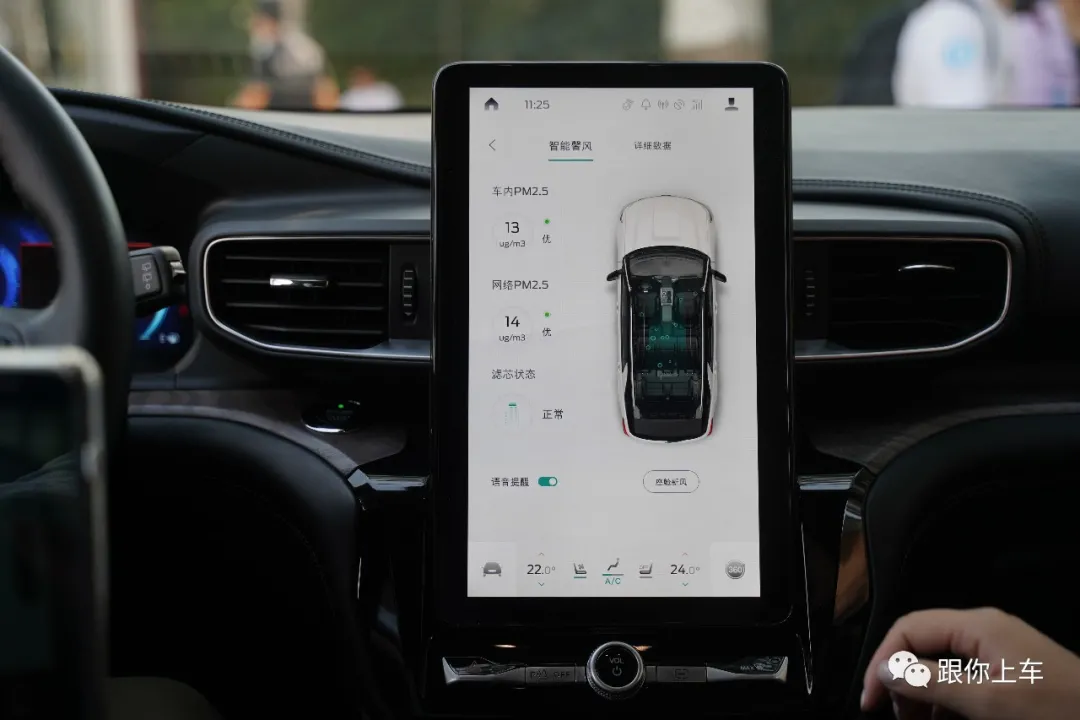
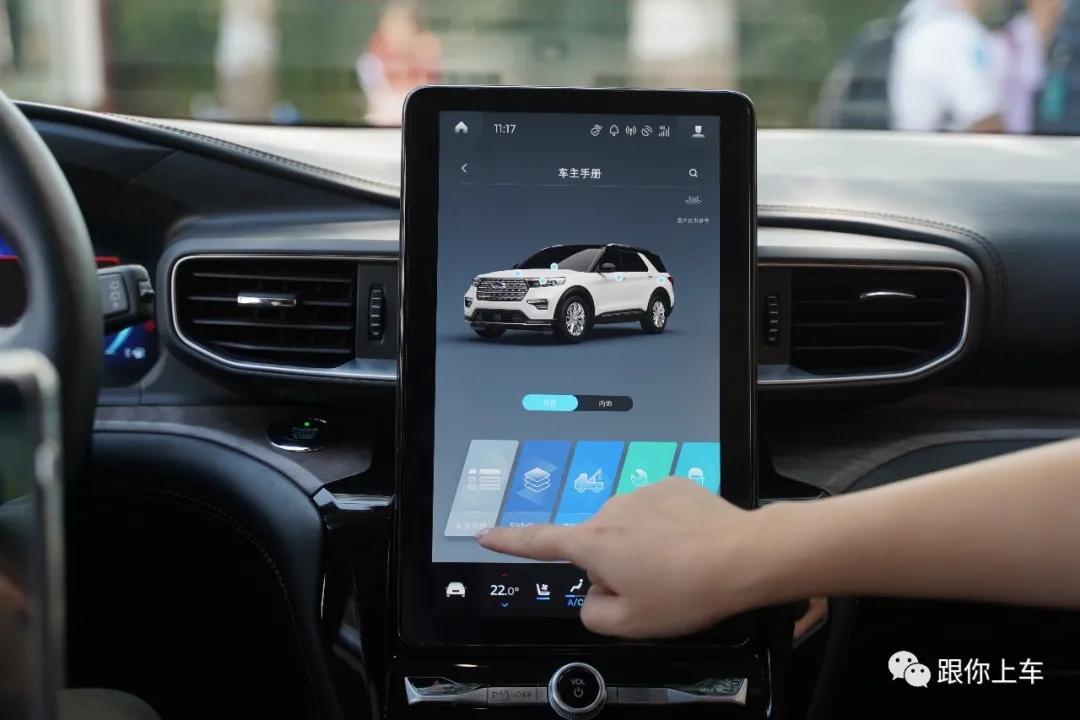
It is worth noting that not only SYNC+, but Ford as a whole is gradually stepping out of its old-fashioned brand image with historical accumulation, getting closer to users in a real sense. Even Ford China’s official WeChat account now regularly publishes some interesting short videos and long pictures, which are very young and energetic.
Finally, it is expected that Internet companies, including BAT, will increase collaboration and openness, so that open platforms like SYNC+ can seamlessly integrate with third-party content ecosystems beyond Baidu’s core capabilities, and even with relevant applications and services of Alibaba and Tencent.
Only by benefiting users can enterprises benefit in the end.
This article is a translation by ChatGPT of a Chinese report from 42HOW. If you have any questions about it, please email bd@42how.com.
